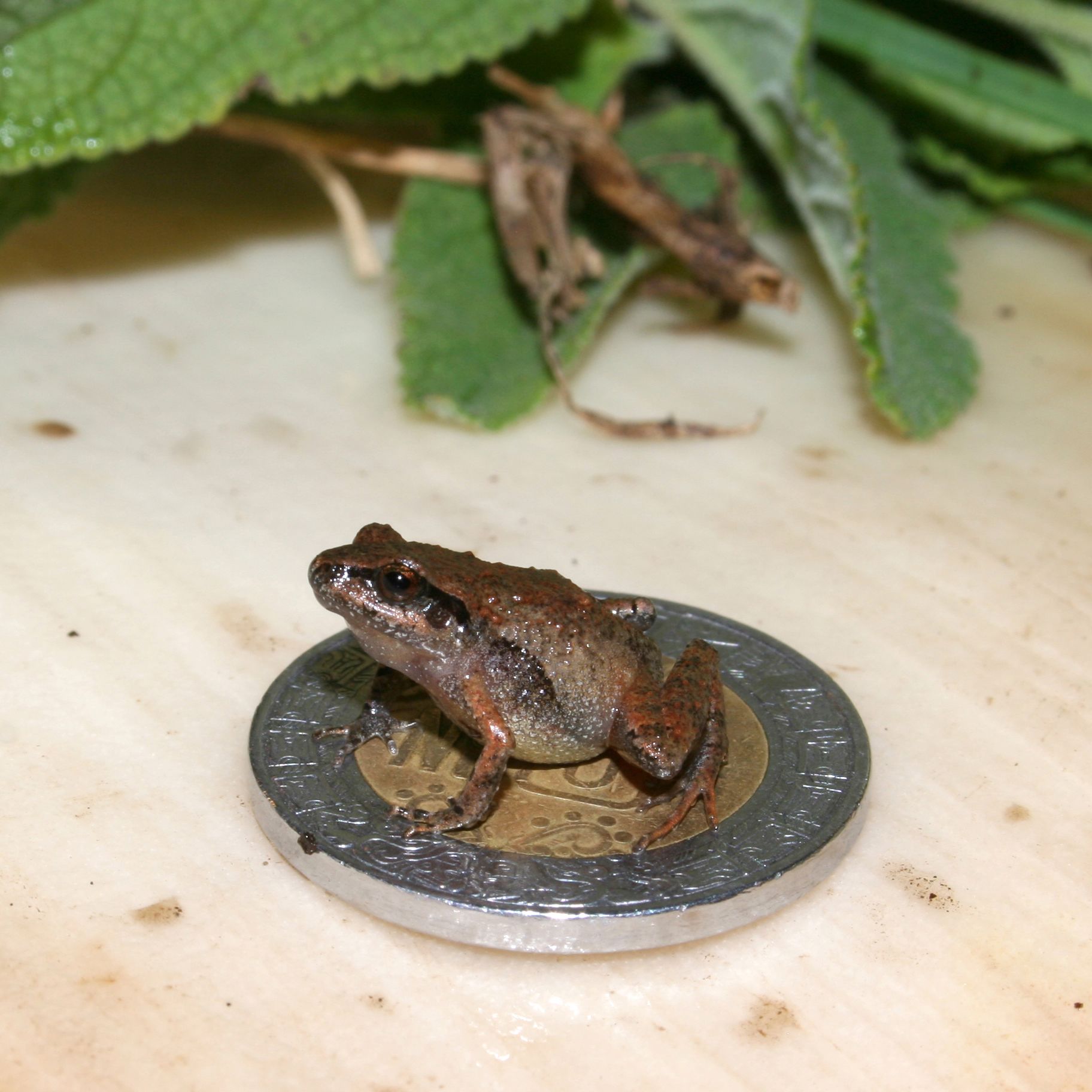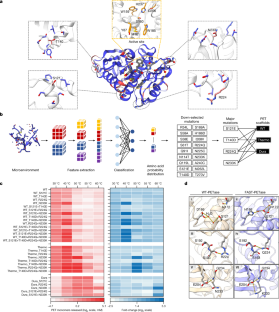コロンビア大学工学部の研究チームが、癌などの全身疾患のモデリングを改善するために、血管の流れによって連結された人工ヒト組織を用いた初の多臓器チップを実証 Major advance from Columbia Engineering team demonstrates first multi-organ chip made of engineered human tissues linked by vascular flow for improved modeling of systemic diseases like cancer
2022-04-27 コロンビア大学
研究者らは、患者に合わせてカスタマイズできる、顕微鏡スライドサイズのプラグアンドプレイ多臓器チップを基本的に作製した。病気の進行や治療への反応は人によって大きく異なるため、このようなチップを使えば、いずれは患者ごとに治療法を最適化することが可能になる。この研究は、『Nature Biomedical Engineering』2022年4月号のカバーストーリーに掲載されています。
<関連情報>
- https://www.engineering.columbia.edu/news/human-organ-chip-tissue-engineering
- https://www.nature.com/articles/s41551-022-00882-6
血管流で結ばれた成熟した組織ニッチを持つ多臓器チップ A multi-organ chip with matured tissue niches linked by vascular flow
Kacey Ronaldson-Bouchard,Diogo Teles,Keith Yeager,Daniel Naveed Tavakol,Yimu Zhao,Alan Chramiec,Somnath Tagore,Max Summers,Sophia Stylianos,Manuel Tamargo,Busub Marcus Lee,Susan P. Halligan,Erbil Hasan Abaci,Zongyou Guo,Joanna Jacków,Alberto Pappalardo,Jerry Shih,Rajesh K. Soni,Shivam Sonar,Carrie German,Angela M. Christiano,Andrea Califano,Karen K. Hirschi,Christopher S. Chen,Andrzej Przekwas & Gordana Vunjak-Novakovic
Nature Biomedical Engineering Published: 27 April 2022
DOI:https://doi.org/10.1038/s41551-022-00882-6

Abstract
Engineered tissues can be used to model human pathophysiology and test the efficacy and safety of drugs. Yet, to model whole-body physiology and systemic diseases, engineered tissues with preserved phenotypes need to physiologically communicate. Here we report the development and applicability of a tissue-chip system in which matured human heart, liver, bone and skin tissue niches are linked by recirculating vascular flow to allow for the recapitulation of interdependent organ functions. Each tissue is cultured in its own optimized environment and is separated from the common vascular flow by a selectively permeable endothelial barrier. The interlinked tissues maintained their molecular, structural and functional phenotypes over 4 weeks of culture, recapitulated the pharmacokinetic and pharmacodynamic profiles of doxorubicin in humans, allowed for the identification of early miRNA biomarkers of cardiotoxicity, and increased the predictive values of clinically observed miRNA responses relative to tissues cultured in isolation and to fluidically interlinked tissues in the absence of endothelial barriers. Vascularly linked and phenotypically stable matured human tissues may facilitate the clinical applicability of tissue chips.


